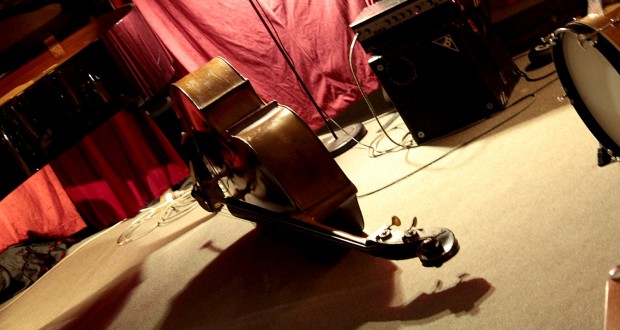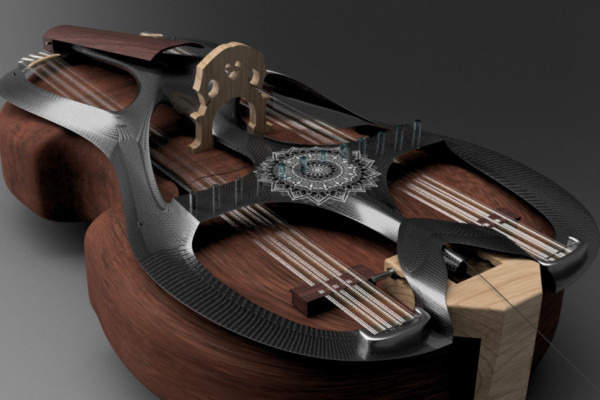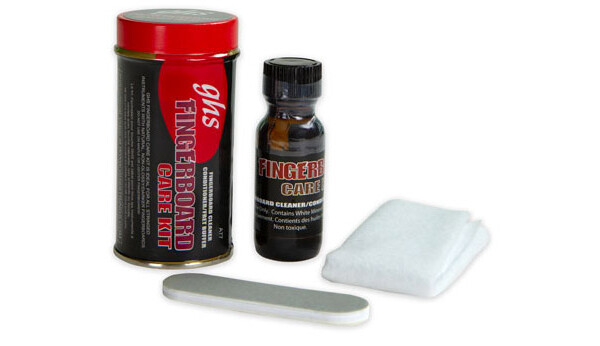Basic Care of Your Upright Bass: Part 1

While there are certainly deals out there, an upright bass can cost. Even a “student model” plywood bass, properly set up, can easily set you back around $2,000 US. The prices only go up from there. Needless to say, most of us would like to protect this investment. Here are some basics everyone should know about owning an upright bass.
Keep the bass humidified.
Opinions on the exact levels vary, but 40-50% seems to be the most common suggestion. The theory is that properly humidified wood can take the stresses of changing temperatures and air humidity levels (when you take the bass out on a gig for example) better than dry wood, and thus the chances of cracking wood is reduced.
To know precisely the humidity level of a room, you should buy a digital hygrometer. If the level is too low many suggest a cool-mist humidifier. Don’t put too much humidity into the air, however, as this can cause other problems with the construction of your bass, like causing the glue to loose it’s integrity.
Wipe the strings, fingerboard, bridge and top of the bass with a smooth rag after you are finished for the day.
This helps keep dirt, grime and, if you use a bow, rosin from building up on the instrument. Avoiding rosin buildup is especially important for the long-term health of the instrument as excess rosin on the bridge or top of the bass can inhibit proper humidification of the wood. This can contribute to a warped bridge or, worse yet, warping of the top.
If you already have buildup don’t use harsh chemicals or water to remove it. Rubbing alcohol, etc. can eat the varnish and too much water is bad for the instrument in a multitude of ways. If you can’t rub it off, use a cleaner designed to remove rosin from an instrument, or have your luthier advise.
When carrying the bass hold it by the sides, not the end of the fingerboard.
The fingerboard can snap, come off the neck or both.
Don’t lift or carry the instrument by the F-holes.
The area around the F-holes is fairly thin and weak. Lift the instrument with your hand in the F-hole and you may come up with a fistful of wood
Don’t put bow in the F-holes.
Not only can an accident occur which snaps your bow in half, but such an accident may also damage the inside of your instrument and the small parts of wood around the F-holes. There are methods for placing the bow under a string, or between the tailpiece and the body of the bass that are safer. However, these methods may also cause damage to the top of the bass and/or the fingerboard. Best-case scenario is to carry the bow separately….and carefully.
Put your endpin all the way in when laying the bass on the ground.
Bass players look for endpins that stick out. Pretty much no one else does. Not only might someone gash a leg with an endpin, a quick passerby can set your instrument a spinning and a flailing by knocking the endpin with their shin. Massive damage may ensue.
More tips on basic upright bass care next time!
Dr. Donovan Stokes is on the faculty of Shenandoah University-Conservatory. Visit him online at www.donovanstokes.com and check out the Bass Coalition at www.basscoalition.com.



